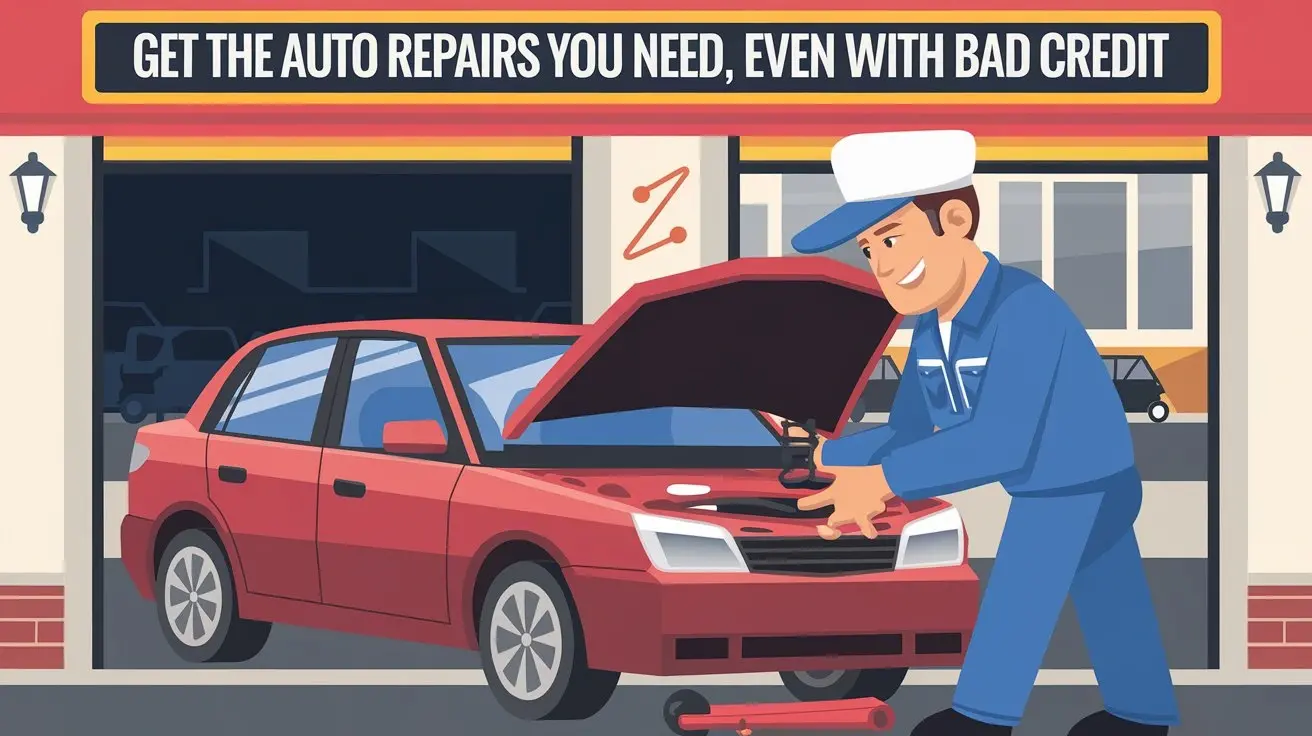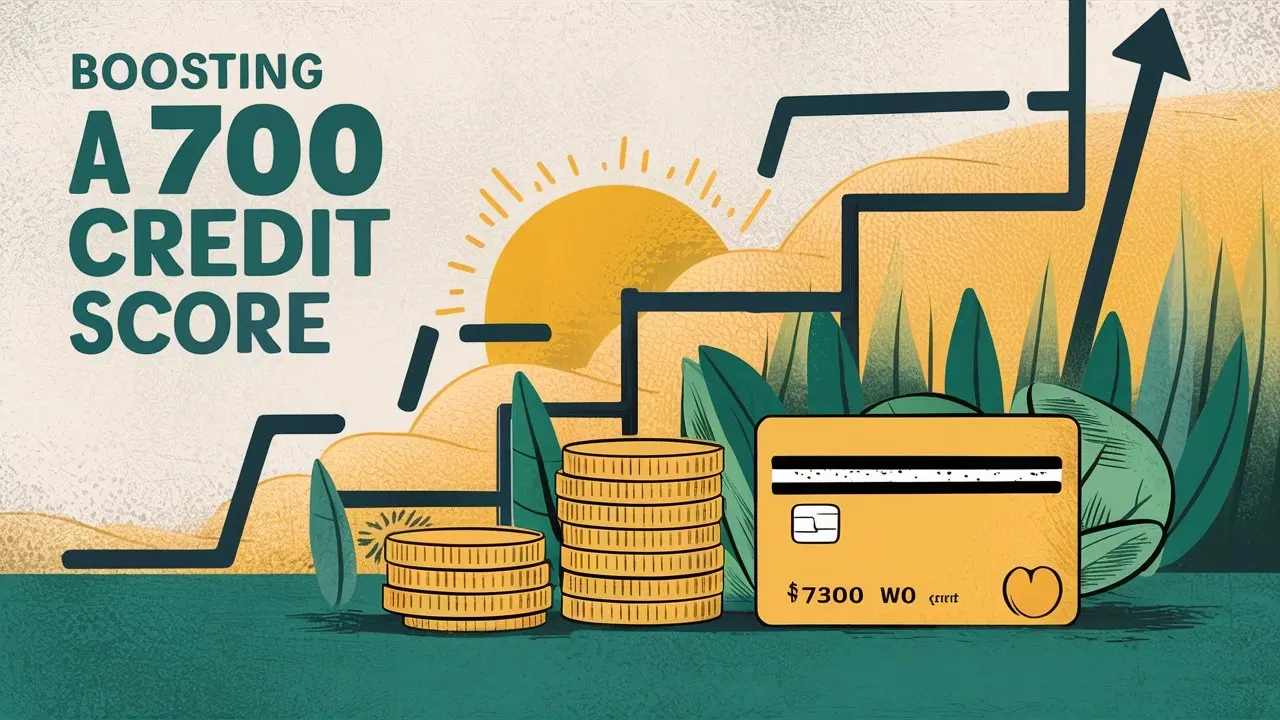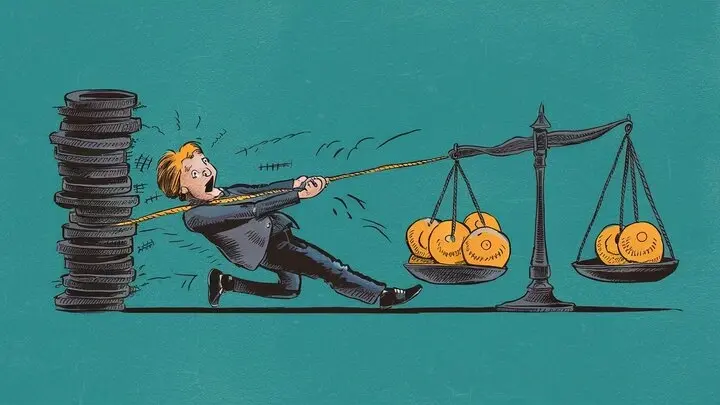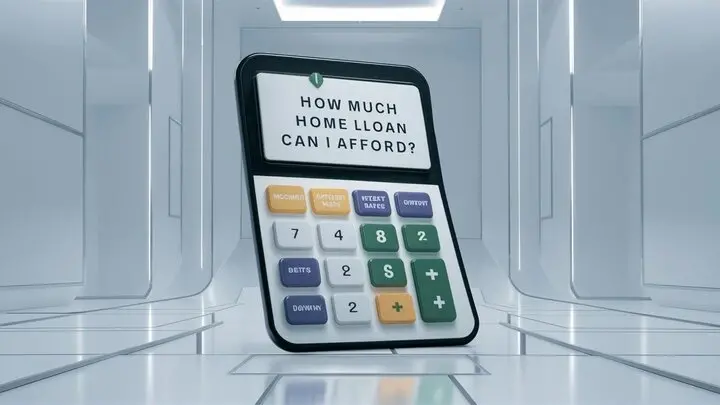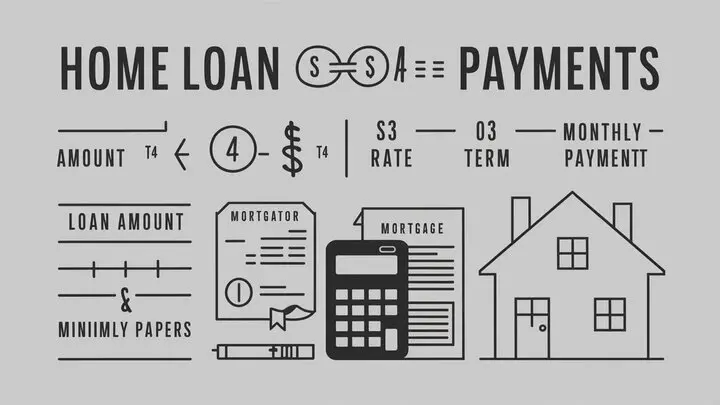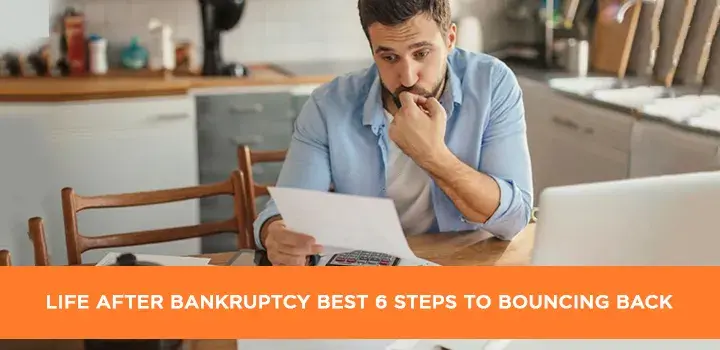
Though for many Americans it is a necessary step towards getting their finances back on track, nobody ever expects to go through the agony of bankruptcy. Should you be among the millions of recent bankruptcy filings, be assured; that you may reconstruct your life and financial future.
Here are six steps that will help you bounce back after bankruptcy.
-
Pay Yourself:
Should you have ever had to file for bankruptcy, you understand how unpleasant that process is. Once you've filed for bankruptcy and been debt-free, however, you're in a much better position to begin reconstructing your financial life. Beginning to improve your credit score comes first among the most crucial things you should do after bankruptcy. Starting to rebuild your funds is also one of the finest strategies to do that. Setting aside money every month can help you get back on track financially, even if initially it's only a small sum. Once your credit score has improved, you may begin searching for chances to borrow money once again, either from peer-to-peer lending sites or conventional lending companies.
-
Set a Realistic Budget :
Though it's not a pleasurable process, bankruptcy may be the start of a fresh, better financial future. Establishing a reasonable budget is one of the most crucial things you can do once you start the bankruptcy process. This will enable you to control your money and ensure you never go back into debt. Making your budget calls for some basic knowledge as well. Start by adding all of your monthly expenses—variable ones like food and utilities and fixed ones like rent or mortgage payments. Second, be rigorous with yourself and aim to avoid overspending. At last, make sure you save money every month so you can begin to restore your savings account.
-
Rely on Cash:
Count on cash; are you considering bankruptcy? If so, it's crucial to understand that life continues after bankruptcy. It's not the end of the earth; many individuals discover it's rather a new beginning. Relying on cash as much as possible can help you to ensure that you can reconstruct your life after bankruptcy.
-
Apply for a Secured Credit Card :
Apply for a secured credit card to start over after bankruptcy declaration. Maybe the best choice for you is a secured credit card. Those with a bad credit history or none at all are intended users of secured cards. Over time, they let you restore your credit score and finally go to a standard secured credit card.
-
Avoid Buying a Car:
You should know a few things to help you repair your credit now that you have filed for bankruptcy. Among the most crucial is not purchasing an automobile. Purchasing a vehicle would simply worsen your credit score even if you can afford the monthly payments and complicate the future loan approval process. Without going into more debt, there are lots of alternative purchases you might make that would enhance your life. See your bankruptcy attorney for extra guidance on beginning to rebuild your credit score.
-
Focus on Your Current Financial Relationships:
Between credit card debt, mortgages, and student loan debt, it's understandable that one in three American households file for bankruptcy annually. If you are among the many people declaring bankruptcy, you may be overwhelmed and unsure about your future. You are not alone, however. Many Americans find a typical path to take control of their financial life to be bankruptcy. And with enough diligence and an eye on your present financial situation, you may recover and provide a bright future for your family and yourself. Thus, avoid hopelessness; start to repair right now!
Credit Repair Ease – The Hub of Bankruptcy Solution
Among the many people who have experienced bankruptcy are you? If so, you might be feeling overwhelmed and not know where to get support. Luckily, there is a thorough tool called Credit Repair Ease that offers all the knowledge required to put your finances back under control. Credit Repair Ease provides help from a knowledgeable team of experts and answers to all your credit repair requirements. Thus, avoid waiting any more; start right now!
Call (888) 803-7889 & Bouncing Back Life After Bankruptcy
